1. Which two provinces merged to form Cao Lang?
Cao Lang is the name of an old province, based on the merger of Cao Bang and Lang Son, since December 1975. At that time, Cao Lang province had 20 administrative units including 2 towns Cao Bang, Lang Son and 18 districts: Bac Son, Bao Lac, Binh Gia, Cao Loc, Chi Lang, Ha Quang, Hoa An, Huu Lung, Loc Binh, Nguyen Binh, Quang Hoa, Thach An, Thong Nong, Tra Linh, Trang Dinh, Trung Khanh, Van Lang, Van Quan.
The provincial capital is located in Cao Bang town. The population of the province in 1976 was nearly 900,000 people with an area of over 13,000 km2.
By December 1978, Cao Lang province was split into two provinces, Lang Son and Cao Bang.
2. Lang Son used to be called:
- Lang Giang0%
- Lang Chau0%
- Son La0%
- Both a and b0%
Lang Son is a mountainous, border province in the Northeast region with a natural area of 8,310.09 km2.
According to the Lang Son Province Electronic Information Portal, in the 7th century BC, the Van Lang country of the Hung Kings was established - Lang Son became the land of the Luc Hai tribe. From the 9th to the 10th century, Lang Son became an administrative unit of Dai Co Viet country, later renamed Dai Viet.
During the long period of independence, with the name Lang Chau, then Lang Giang, Lang Son was an important land of Dai Co Viet and Dai Viet, a place of exchange between residents and embassies of the two countries.
3. What does the word "Lang" in the name Lang Son mean?
- Quantity0%
- Cloudy place0%
- Valley0%
- Mountainous area0%
According to Lang Son Newspaper , Lang Son is a land where the majority of Tay - Nung people have lived for a long time. Regarding the place names that the Tay - Nung people often give, in the book "Names of Vietnamese villages in the early 19th century", in the two provinces of Cao Bang and Lang Son (the area with the largest Tay - Nung people), many place names have the words "Khuoi" and "Lung" (Lung), such as: Khuoi Boc, Khuoi Cong, Khuoi Slao, Khuoi Noi... or Lung Mon, Lung Phi, Lung Vai, Lung Pa... Nowadays, "Khuoi" means a stream, "Lung" means a valley.
Based on the above, researcher Nguyen Duy Hinh hypothesized: The word "Lang" is an ancient Sino-Vietnamese word, originating from "Lung" in the Tay - Nung language according to ancient semantics. Lang is a land consisting of many "Lungs" and thus, Lang, Lang Son means the land of valleys with beautiful high mountains - a land of majestic mountains bearing the strong bond of Vietnam - Tay - Nung in history.
4. Cao Bang and Lang Son were both part of the Viet Bac autonomous region?
- Correct0%
- Wrong0%
After the North was liberated (1954), on July 1, 1956, President Ho Chi Minh signed a decree to establish the Viet Bac autonomous region, including the provinces of Cao Bang, Bac Can, Lang Son, Tuyen Quang (except Yen Binh district), Thai Nguyen (except Pho Yen and Phu Binh districts) and Huu Lung district of Bac Giang province.
According to this decree, the establishment of the Viet Bac autonomous region aimed to strengthen solidarity among ethnic groups and create conditions for ethnic groups in Viet Bac to progress rapidly in all aspects.
On the occasion of the establishment of the Viet Bac autonomous region, Uncle Ho sent a letter to the people, clearly stating the purpose of establishing the autonomous region "is to make the ethnic groups in the whole region together manage their own affairs, promote their abilities, and progress rapidly in all aspects: politics, economy, culture, and society".
The autonomous region is a level of local government, under the direct leadership of the central government. The administrative organization system of the Viet Bac autonomous region has 4 levels: region, province, district, and commune. Commune is the basic administrative unit.
Since 1975, Viet Bac has been part of the general system of unified Vietnam. Fulfilling its historical mission in a certain revolutionary period, Viet Bac is no longer an autonomous administrative region. On December 27, 1975, the Viet Bac autonomous region was dissolved.
Source: https://vietnamnet.vn/hai-tinh-nao-sap-nhap-thanh-cao-lang-2379241.html


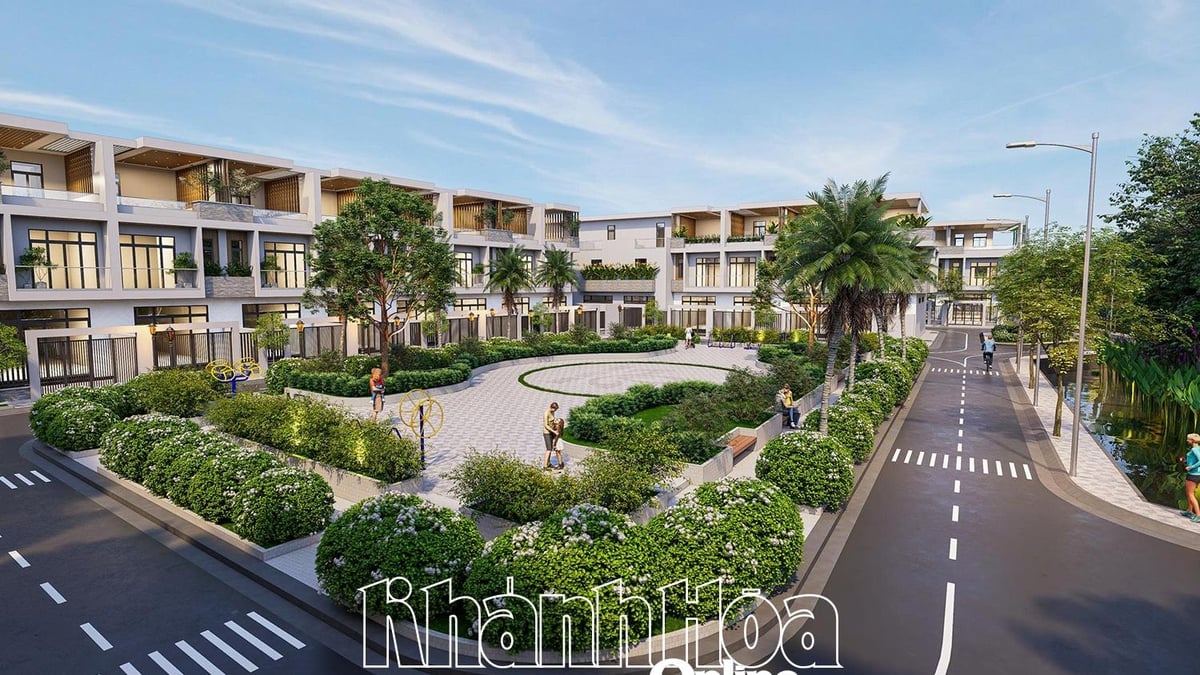
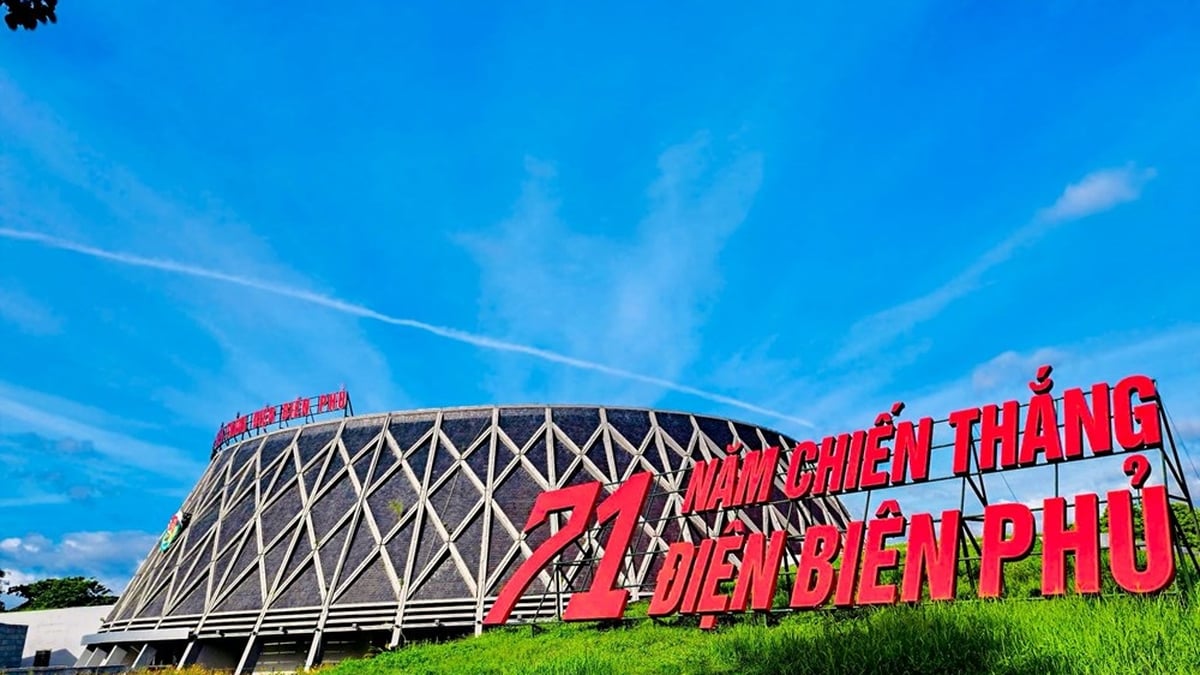

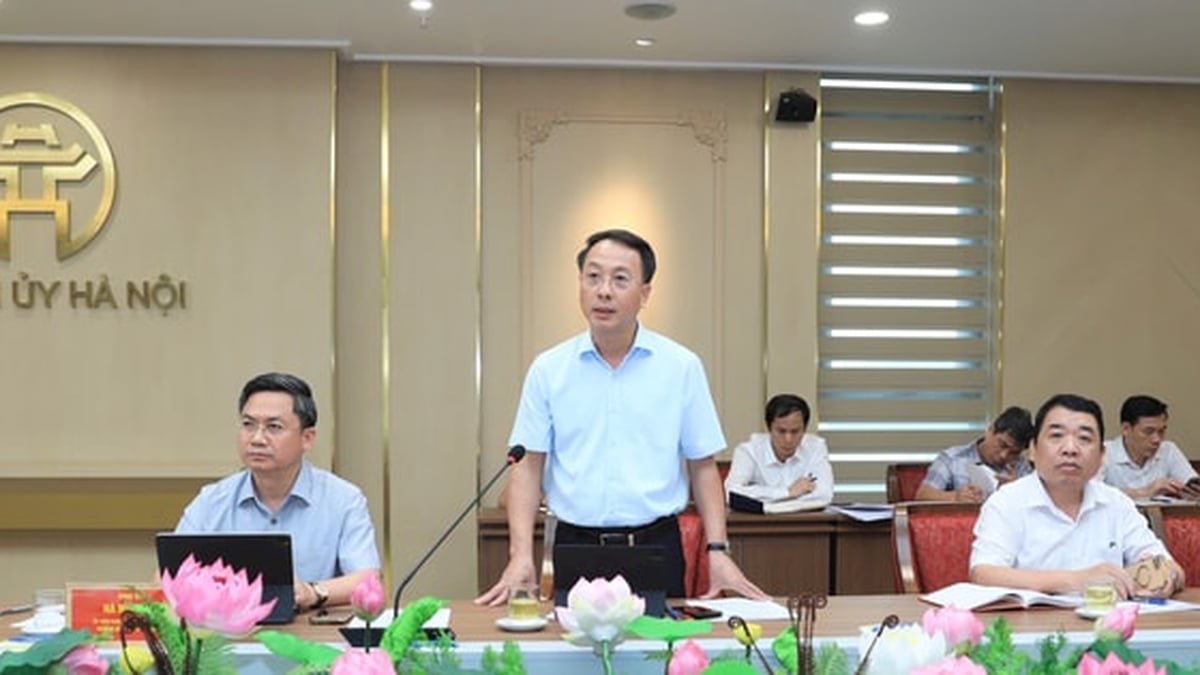
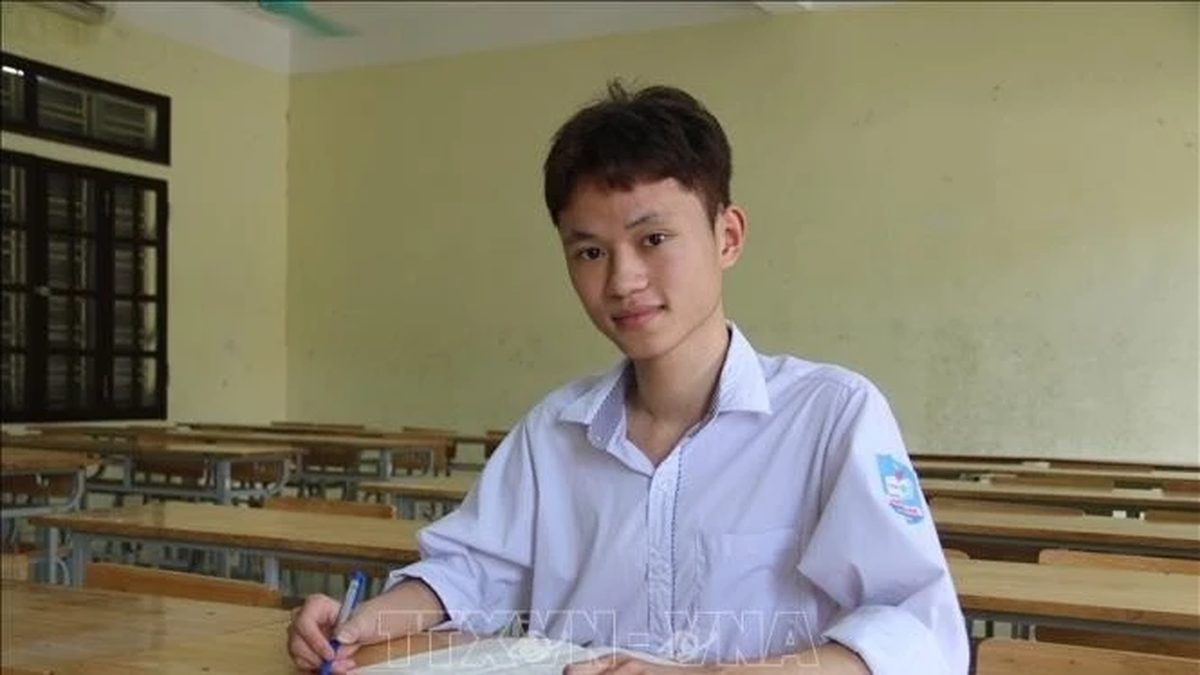
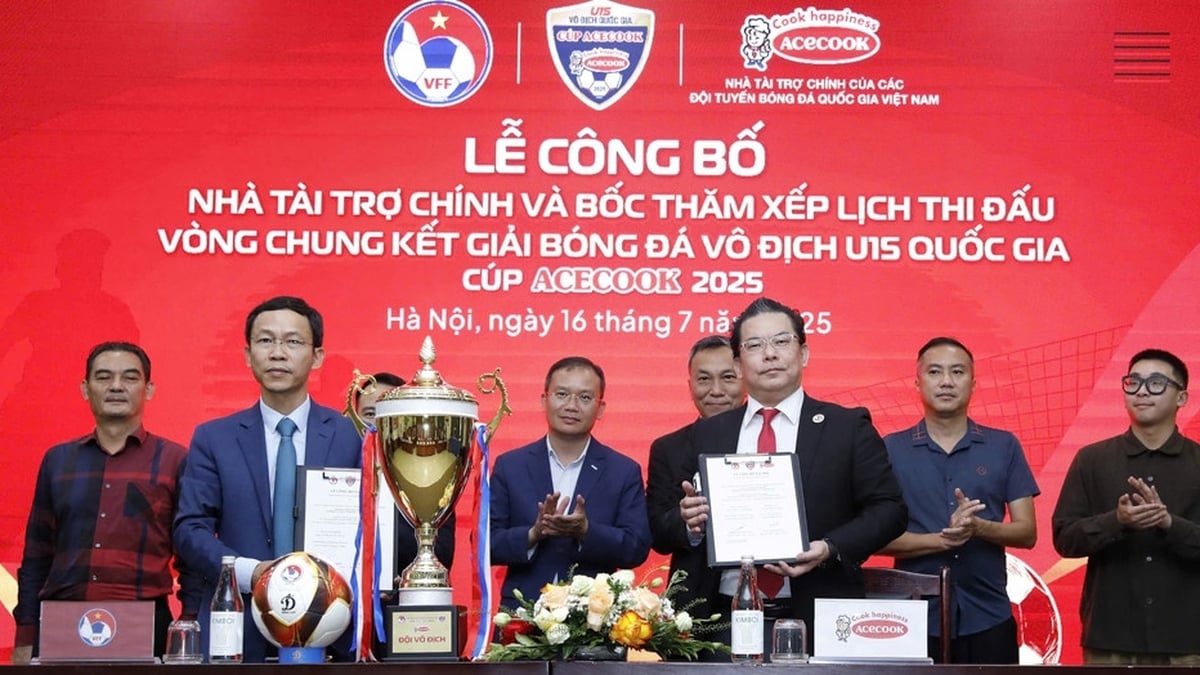

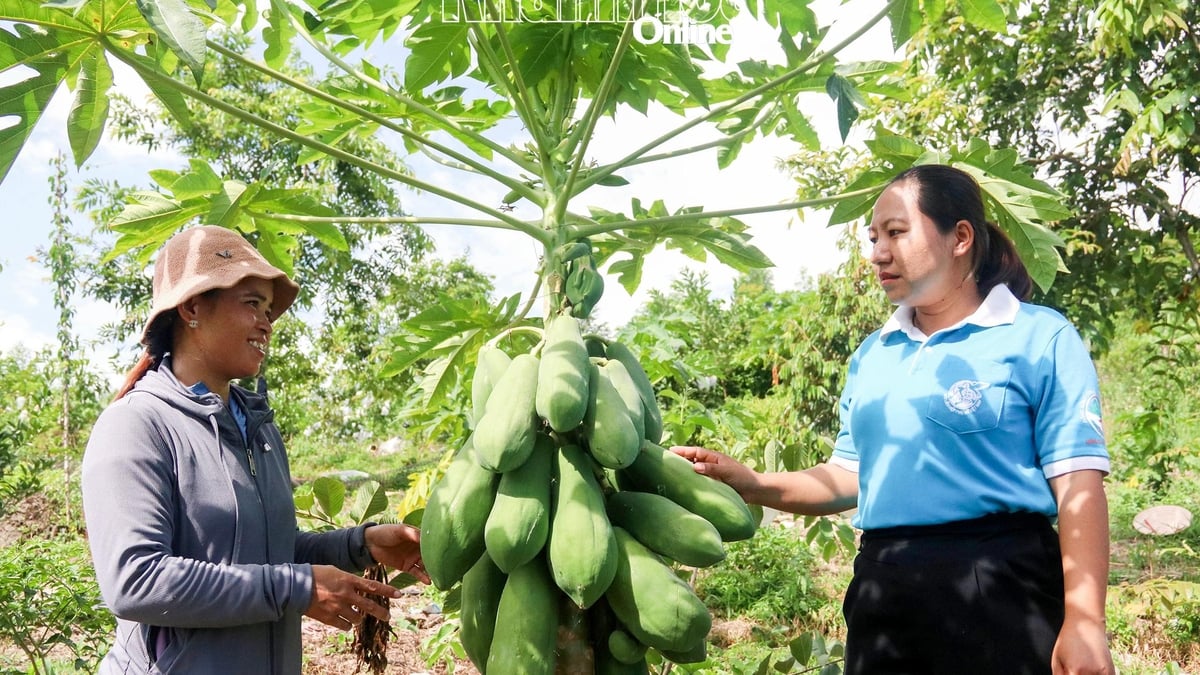









































![[Maritime News] More than 80% of global container shipping capacity is in the hands of MSC and major shipping alliances](https://vphoto.vietnam.vn/thumb/402x226/vietnam/resource/IMAGE/2025/7/16/6b4d586c984b4cbf8c5680352b9eaeb0)













































Comment (0)